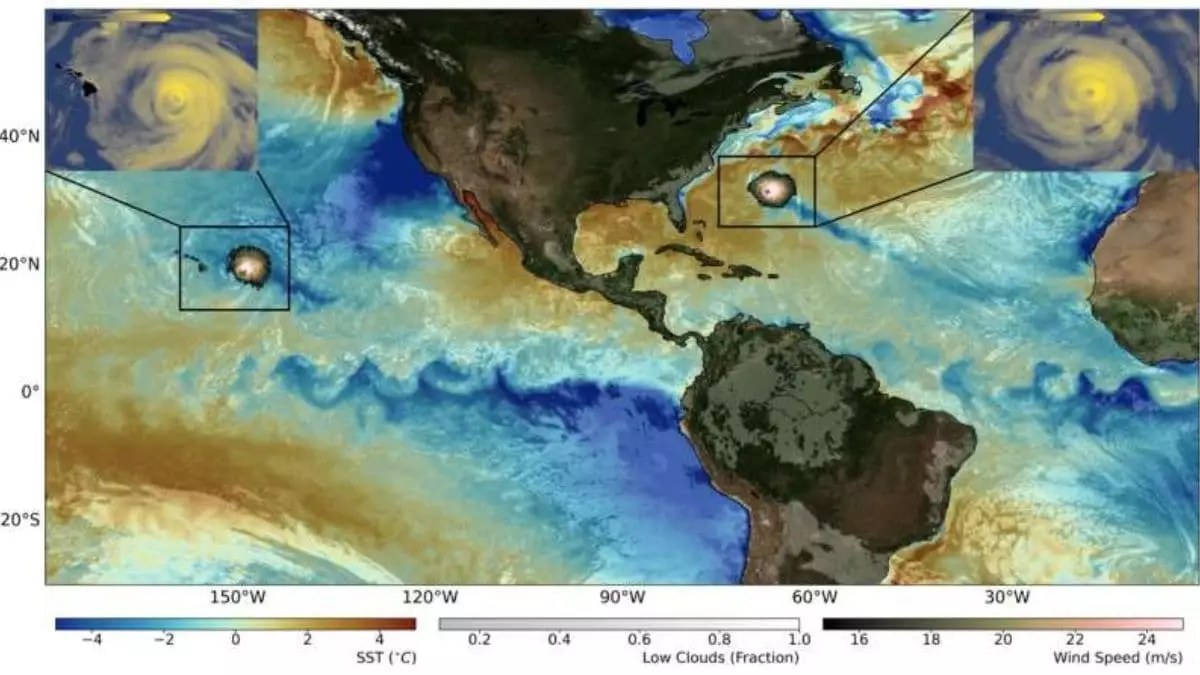Recent breakthroughs in climate science have shattered the comforting illusions many hold about our planet’s future. Cutting-edge simulations reveal a stark, more perilous trajectory than previously imagined. By harnessing unprecedented resolution, researchers are peeling back the veneer of global warming to expose a landscape plagued by increasingly violent and unpredictable regional disruptions. This isn’t just a matter of gradual temperature rises; it’s a harbinger of mass instability in our ecosystems, economies, and human settlements. The models forecast a brutal transformation of regional climates, with some areas poised on the brink of catastrophic change, risking a profound upheaval in life as we know it.
Unprecedented Detail Raises Alarming Red Flags
The new modeling techniques deploy hyper-detailed simulations that capture localized phenomena—an advancement that fundamentally shifts our understanding. Instead of broad averages, we now see how tiny eddies in the ocean, specific coastal rainfall patterns, and the nuanced effects of mountainous terrain influence climate impacts directly on vulnerable communities. For example, Arctic regions are projected to experience temperature increases twice as high as the global average, setting off a chain reaction of melting ice, rising sea levels, and habitat destruction. Such precise data exposes how fragile fragile regions—like mountain enclaves and small island nations—are already teetering on the edge, their survival threatened by phenomena more intense and frequent than ever before.
The Rising Frequency and Intensity of Climate Phenomena
The climate upheaval isn’t just about warming; it’s about chaos. As models predict, the frequency and severity of climate oscillations—El Niño, La Niña, and the Madden Julian Oscillation—will escalate dramatically. This will lead to relentless episodes of heavy precipitation, landslides, and flooding, particularly in densely populated areas that are ill-equipped to cope. These phenomena won’t follow familiar patterns; they will accelerate, worsen, and become more unpredictable, leaving humanity scrambling for resilience while governments and communities struggle to adapt in real time. The reality is sobering: climate change isn’t a distant threat but an immediate crisis, worsening with each passing year if not resisted forcefully.
Data-Driven Strategies for a Tumultuous Future
The development of powerful interactive mapping tools that overlay climate projection data onto platforms like Google Earth signals a crucial turn toward pragmatic planning. Policymakers now have access to detailed local forecasts, informing decisions on infrastructure, disaster preparedness, and resource allocation. Yet, this technological innovation also exposes a glaring truth: preparedness remains patchy at best, especially in the regions most at risk. Will these insights catalyze meaningful action, or are they merely academic warnings ignored amid the political inertia? The key challenge lies in translating sophisticated models into tangible policy changes that confront the mounting chaos—not as a future problem, but as the crisis unraveling around us today.


Leave a Reply